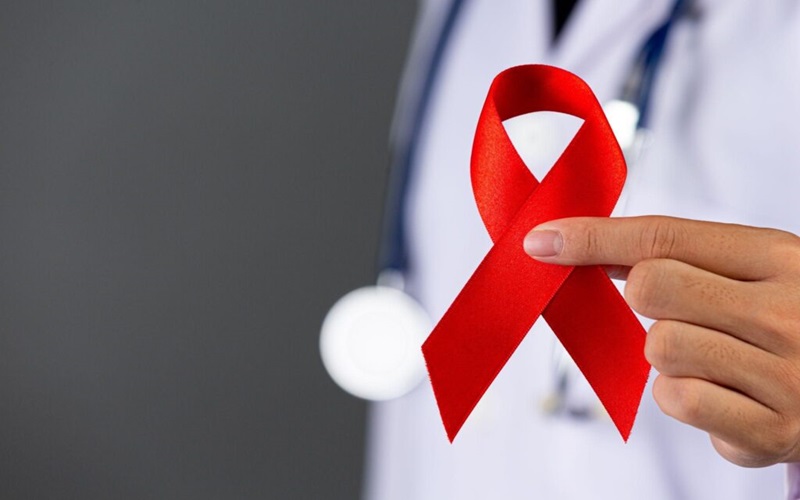In the ongoing battle against HIV, new treatment regimens are on the horizon that could revolutionize the management of the virus, particularly in hard-to-reach populations. These regimens, which include once-weekly pills and semiannual shots, represent a significant advancement in HIV prevention and treatment strategies.
Dr. Rachel Bender Ignacio, director of University of Washington’s UW Positive, a clinical research site focusing on HIV, emphasized the potential impact of these long-acting therapies. She stated, “This period is the next wave of innovation, newer products meeting the needs of people, particularly in prevention, in ways that we didn’t ever have before.”
Long-acting therapies have the potential to address key challenges faced by individuals living with HIV, including adherence to daily medication regimens and the stigma associated with the disease. By offering less frequent dosing schedules, these therapies could improve treatment outcomes and quality of life for patients.
Mitchell Warren, executive director of the HIV prevention organization AVAC, underscored the significance of these advancements, noting, “To not have to remember that every morning is earth-changing for them.”
Moreover, long-acting therapies could have a transformative impact on populations with limited access to healthcare services or facing various socio-economic challenges. By reducing the frequency of clinic visits and medication administration, these therapies could improve treatment adherence and outcomes in these communities.
While significant progress has been made in the development of long-acting therapies, challenges remain in ensuring their accessibility and affordability, particularly in low-income countries. However, ongoing research and initiatives aim to address these barriers and ensure that these life-saving treatments reach those who need them most.
The future of HIV treatment holds promise, with long-acting therapies offering new hope in the fight against this global epidemic. As these innovative treatments continue to evolve, they have the potential to reshape the landscape of HIV prevention and care, bringing us closer to ending the epidemic once and for all.
HIV Diagnostics Poised for Substantial Growth
The HIV diagnostics market is forecasted to experience significant expansion in the coming years, driven by various factors contributing to its positive trajectory. According to recent projections, the market is anticipated to grow at a robust rate of 7-9% between 2023 and 2028.
Several key factors are fueling the growth of the HIV diagnostics market:
- Escalating Prevalence of HIV Infection: Despite ongoing efforts to combat HIV/AIDS, the prevalence of HIV infection remains a global concern. As the number of HIV cases continues to rise, there is a growing demand for accurate and timely diagnostic solutions to facilitate early detection and treatment.
- Technological Advancements: Continuous innovation in diagnostic technologies is playing a pivotal role in enhancing the precision, accessibility, and efficiency of HIV diagnostics. Advanced testing methods and platforms are enabling healthcare professionals to diagnose HIV infection with greater accuracy and speed, contributing to improved patient outcomes.
- Favorable Regulatory Environment: The regulatory landscape surrounding HIV diagnostics is conducive to market growth, with regulatory authorities emphasizing the importance of rigorous testing standards and quality assurance measures. A supportive regulatory environment fosters innovation and facilitates the development and commercialization of new diagnostic solutions.
- Development of Multi-Analyte Platforms: The emergence of multi-analyte platforms capable of detecting multiple pathogens simultaneously is driving growth in the HIV diagnostics market. These integrated diagnostic systems offer streamlined testing processes and increased efficiency, addressing the need for comprehensive diagnostic solutions in clinical settings.
The HIV diagnostics market encompasses a wide range of methods and procedures aimed at identifying the presence of the human immunodeficiency virus (HIV) in individuals. Timely and accurate HIV diagnostics are essential for early detection, treatment initiation, and the prevention of further transmission.
As the global effort to combat HIV/AIDS continues, the HIV diagnostics market is poised to play a crucial role in addressing the challenges posed by the epidemic. With ongoing advancements in technology, regulation, and innovation, the market is well-positioned for sustained growth in the years to come.



